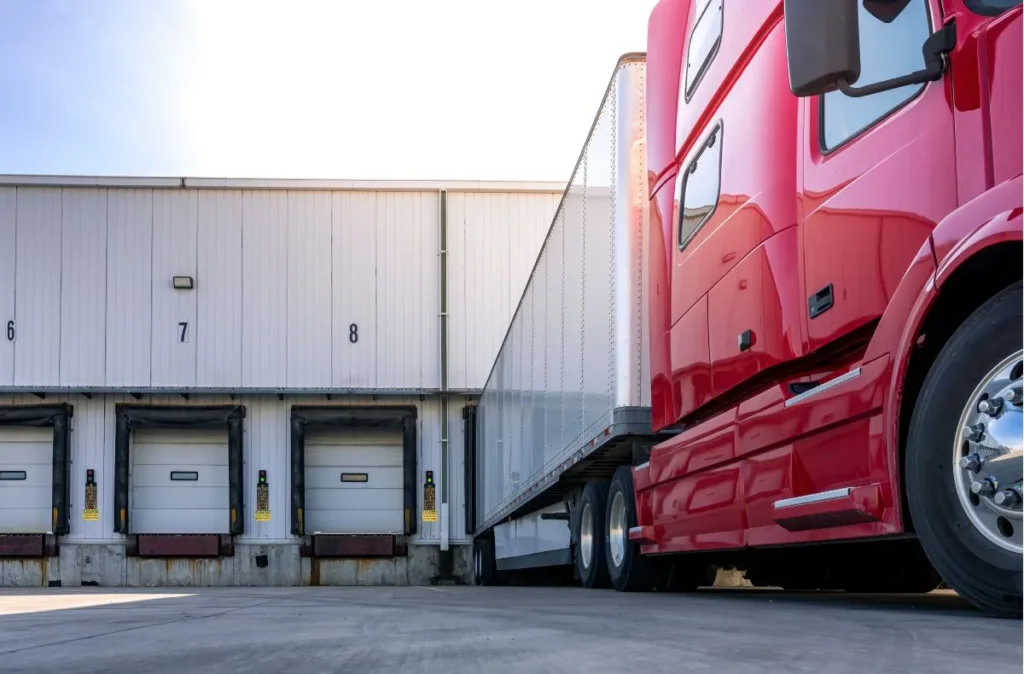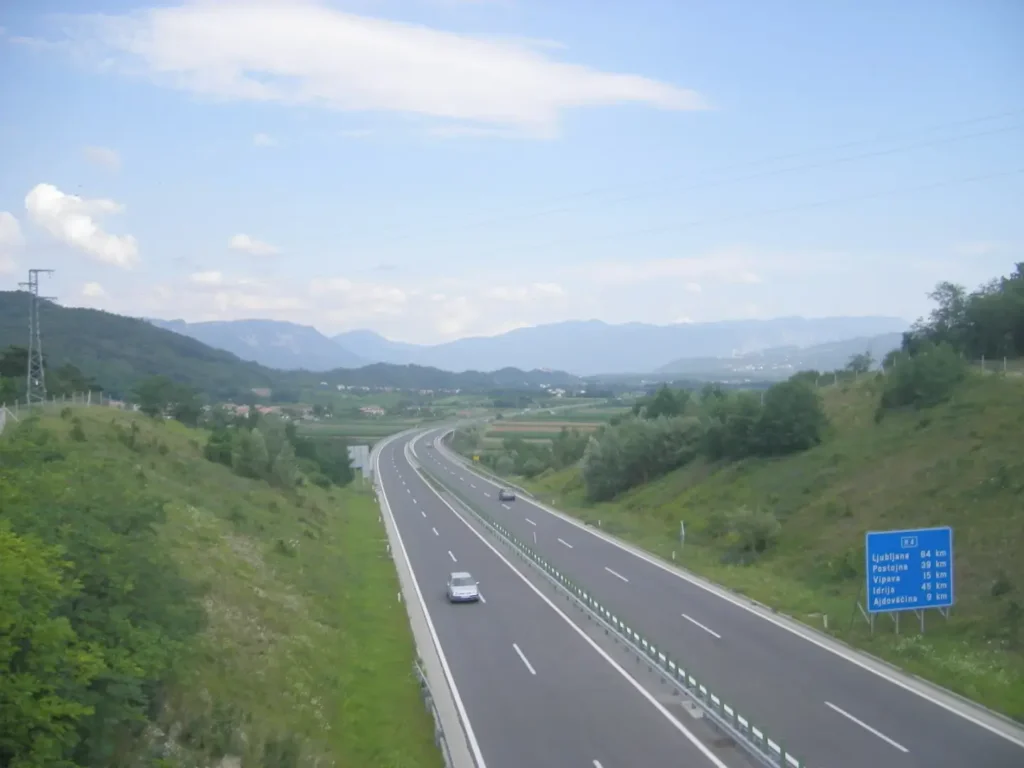The Italian road freight industry employs approximately 400,000 drivers, but a demographic shift is underway that threatens its future. The report reveals that 49.6% of the current drivers are over 50 years old, with many set to retire within the next 10 years. The number of drivers holding a Certificate of Professional Competence (CQC) has already plummeted by nearly 410,000 over the past decade, a decline of 35%.
The shortage is exacerbated by the industry’s ageing workforce and the decreasing interest among younger individuals in pursuing a career in trucking. The cost of obtaining a CQC, which can range from €4,000 to €5,000, is often cited as a deterrent. Despite some transport companies covering these costs to attract new drivers, the number of newly licensed drivers remains insufficient to meet demand.
Decline in the number of road hauliers
Over the past decade, Italy has seen a sharp decline in the number of road haulage companies, dropping by 21,248, or 20.8%. The most significant decreases have been recorded in Valle d’Aosta (-39.4%), Friuli Venezia Giulia (-33.6%), and Lazio (-31.2%). This contraction has been driven by a combination of economic crises, increased competition from low-cost foreign carriers, and consolidation within the industry.
As of 2023, Italy has approximately 81,000 active road haulage companies, down from 102,248 in 2013. Notably, small companies operating a single vehicle have been hardest hit, often unable to compete with larger firms or foreign competitors, particularly those from Eastern Europe, where operating costs are lower.
Economic impact and future challenges
The road freight sector in Italy is vital to the national economy, with the industry generating an estimated €55 billion annually. However, the driver shortage is already impacting the supply chain, leading to delays, increased costs, and reduced availability of goods. This trend could worsen, with some estimates suggesting that the shortfall could exceed 50,000 drivers by 2030 if current trends continue.
One potential solution under consideration is the recruitment of foreign drivers. However, this approach faces significant challenges, including language barriers, differences in regulations, and the need for additional training. Another longer-term solution could involve the adoption of autonomous vehicles, although this technology is still in its early stages and faces regulatory and public acceptance hurdles.
The demographic challenges are compounded by Italy’s declining birth rate, one of the lowest in Europe, which further limits the pool of potential new drivers. Additionally, the industry must contend with strict EU regulations on driving hours and rest periods, as outlined in Regulation (EU) 2020/1054, which are designed to improve safety but also reduce the number of hours drivers can work, thereby impacting overall productivity.
With fewer trucks on the road, particularly during peak holiday periods when traffic restrictions are in place, the industry is already showing signs of strain. If the driver shortage is not addressed, Italy could face a major crisis in road freight transport, with severe implications for the national economy and the broader European supply chain, warns CGIA.









